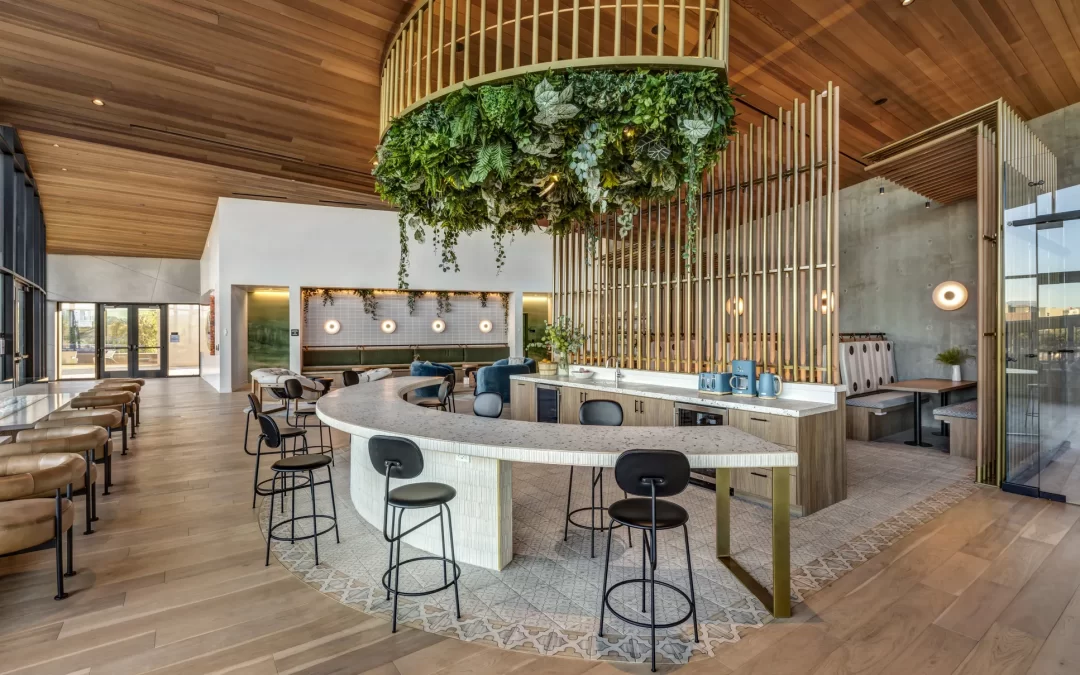Comfort-Driven Workspace Designs: Enhancing Productivity and Well-being
The modern workspace is continually evolving, reflecting the shifting dynamics of how, where, and when we work. As businesses recognize the importance of employee well-being in driving productivity and satisfaction, comfort-driven workspace designs have emerged at the forefront of office transformations. These designs prioritize ergonomics, adaptability, and the overall experience, creating environments where employees can thrive.
The Core Components of Comfort-Driven Workspace Designs
Comfort-driven designs are about more than just providing comfortable chairs or aesthetically pleasing decor. They encompass a holistic approach to workspace planning, including:
- Ergonomic Furniture: Adjustable desks and ergonomic chairs help reduce physical strain and promote good posture, crucial for long hours of work. These furniture choices support the body’s natural alignment, reducing the risk of musculoskeletal disorders.
- Biophilic Elements: Incorporating elements of nature, such as plants, natural lighting, and organic materials, can have significant positive impacts on mental health and productivity. Biophilic designs create calming environments that reduce stress and enhance creativity.
- Flexible Layouts: The modern office needs to accommodate various activities, from focused individual work to collaborative brainstorming sessions. Flexible spaces with movable partitions and modular furniture allow for easy reconfiguration to suit different needs.
- Noise Control: Acoustic considerations are essential in open plan offices. Utilizing sound-absorbing materials, quiet zones, and sound masking technologies can help manage noise levels, ensuring a distraction-free environment.
- Technology Integration: Smart technologies, like automated lighting, air quality sensors, and digital collaboration tools, enhance comfort by creating responsive environments that adapt to user needs and preferences.
Designing for Both Well-being and Performance
The focus on comfort in workspace design aligns with broader trends in employee wellness programs. As studies demonstrate the links between comfort, job satisfaction, and productivity, businesses are investing in workplaces that cater to physical and psychological well-being.
Workspaces designed with employee comfort in mind can lead to:
- Increased Productivity: Comfortable environments facilitate concentration and efficiency. Ergonomic setups and quiet zones help employees focus on their tasks without physical discomfort or noise distractions.
- Enhanced Creativity: Flexible and aesthetically pleasing environments stimulate creative thinking and innovation. The freedom to move and choose from different work settings encourages out-of-the-box thinking.
- Reduced Absenteeism: Healthier work environments reduce the incidences of work-related injuries and illnesses, leading to lower absentee rates.
- Higher Employee Retention: An appealing workspace can serve as a tool for attracting and retaining talent. Employees are more likely to stay with organizations that invest in their well-being through thoughtful office design.
Implementing Comfort-Driven Design Principles
Implementing a comfort-driven design approach requires a thoughtful assessment of the current workplace culture and aspirations:
- Conduct Employee Surveys: Understand the current pain points and needs regarding workplace comfort. Employee feedback is invaluable in shaping an effective design.
- Collaborate with Professionals: Engage architects and interior designers who specialize in workplace wellness. Their expertise can turn abstract ideas into practical, impactful solutions.
- Prioritize Flexibility: Ensure that the design supports scalability and adaptation. Businesses evolve, and so does the ideal workspace.
- Monitor and Adapt: Continually assess the effectiveness of the space in meeting comfort and productivity goals. Be prepared to make adjustments as necessary.
Case Study: The Success of Comfortable Workspaces
Consider a technology company that revamped their headquarters to embrace comfort-driven design. The inclusion of standing desks, biophilic elements, and flexible work zones resulted in a noticeable uptick in employee satisfaction and creativity. Quarterly surveys showed a marked increase in employees’ reported well-being, with productivity metrics following suit.
Conclusion
Comfort-driven workspace designs represent a crucial shift in how companies view the role of the office. By prioritizing employee comfort, businesses can foster a more engaged, healthy, and productive workforce. The investment in thoughtful design pays dividends, not only in terms of performance but also in nurturing a positive organizational culture that values and enhances employee experience.



